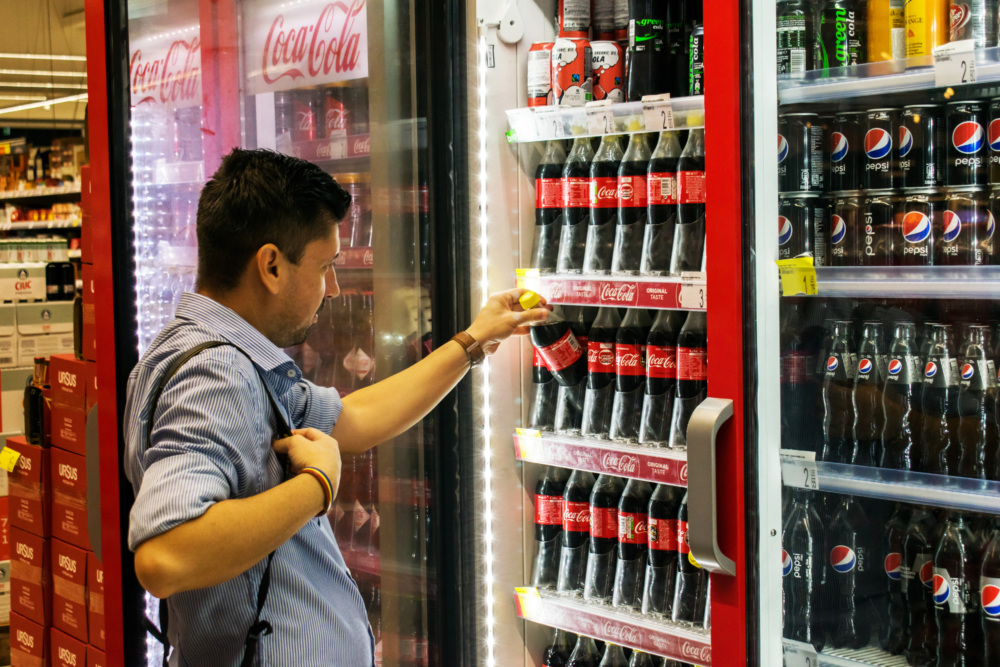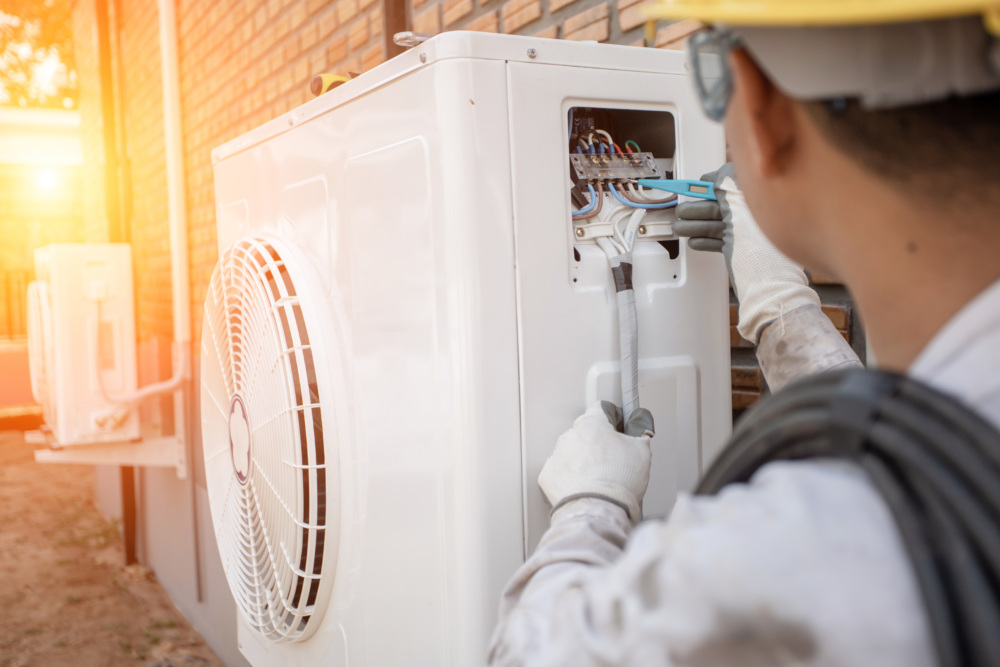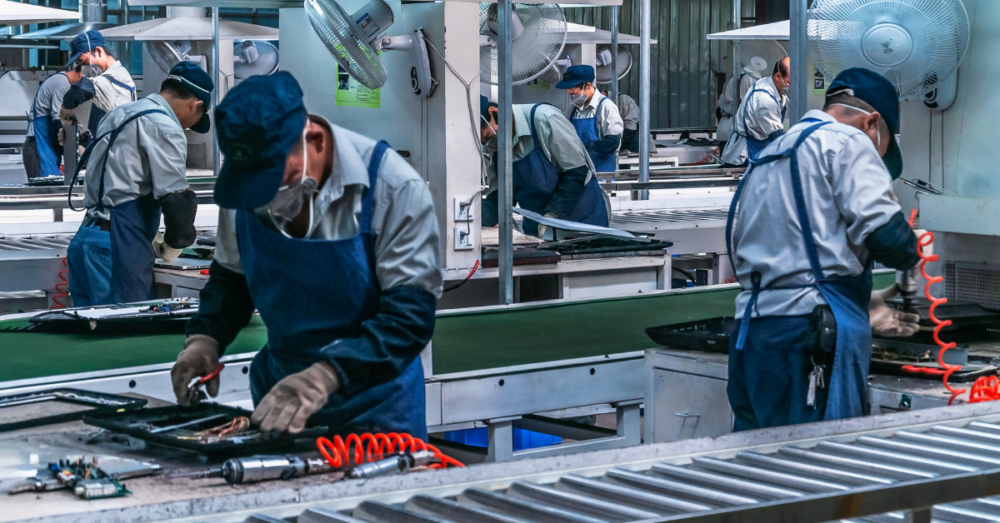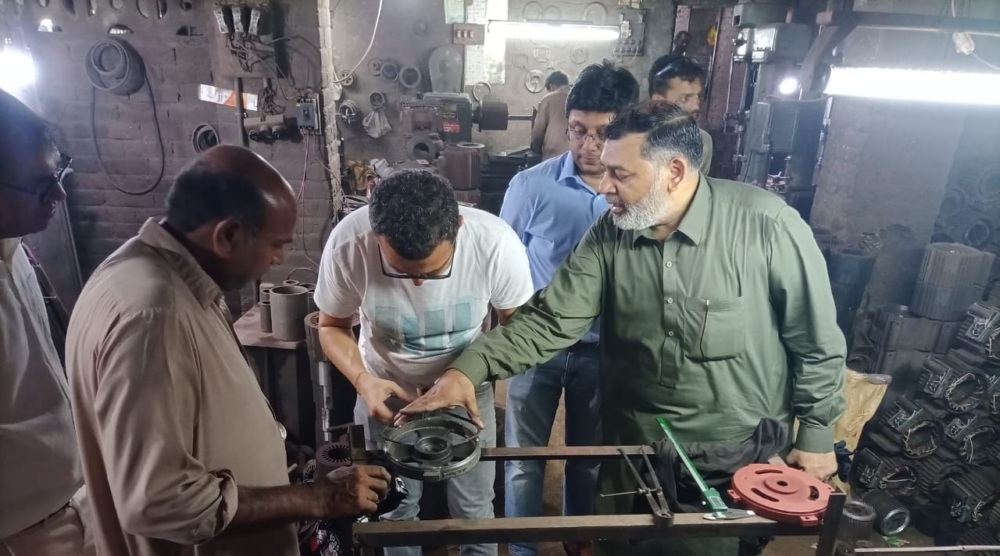Additional Appliance Standards Could Significantly Reduce Residential Energy Use
Future appliance standards in the U.S. could eliminate growth in residential sector energy use through 2035, according to an analysis conducted for the Annual Energy Outlook 2011. An alternate scenario that assumes appliance standards in the future results in household energy use remaining under 11 quadrillion Btu (quads) from 2015 through the end of the projection period in 2035.
In the Expanded Standards case, future appliance standards are introduced to save energy in a wide variety of applications. In addition to currently-covered products, such as furnaces, refrigerators, and clothes washers, new standards are assumed for equipment such as dehumidifiers, rechargeable devices, coffee makers, and home audio equipment.
Also included in this scenario are standards for personal computers and televisions, along with peripheral equipment such as printers, modems, routers, digital video recorders, gaming systems, and satellite boxes. Although each device may consume relatively little energy, their aggregated consumption is significant, making them a target for efficiency standards.
In the Reference scenario, future efficiency improvements and some adoption of more energy-efficient equipment keeps delivered energy below 12 quads in 2035. Another alternate scenario, the 2010 Technology case, assumes that the efficiency of future technology does not increase beyond levels found in equipment that was available in 2010. Energy consumption rises much faster in this case, approaching 13 quads in 2035, illustrating the role of future technology improvements and standards that are already planned in moderating projected growth in residential energy use.
Appliance standards assumed in the Expanded Standards case were developed by EIA without any input or guidance from the Department of Energy (DOE) appliance standards program. DOE rulemakings must pass a rigorous cost-benefit analysis to ensure that reduced energy fuel expenditures outweigh incremental equipment costs. For this EIA scenario, no cost-benefit analysis was conducted. Instead, the assumed efficiency levels were largely based on those used in ENERGY STAR, a voluntary labeling program that encourages energy-efficient products.
This article is taken from the U.S. Energy Information Administration – Today In Energy.









